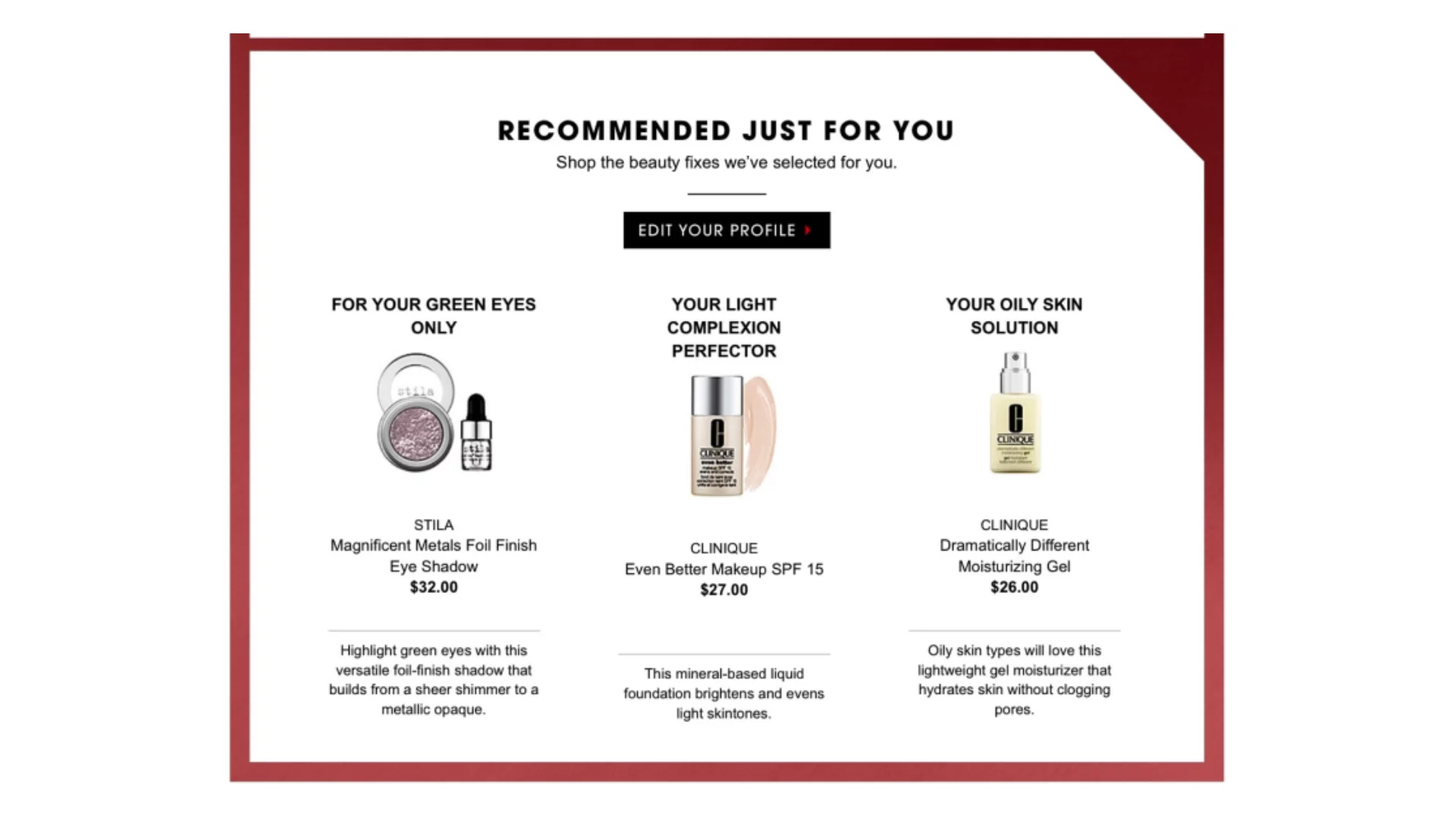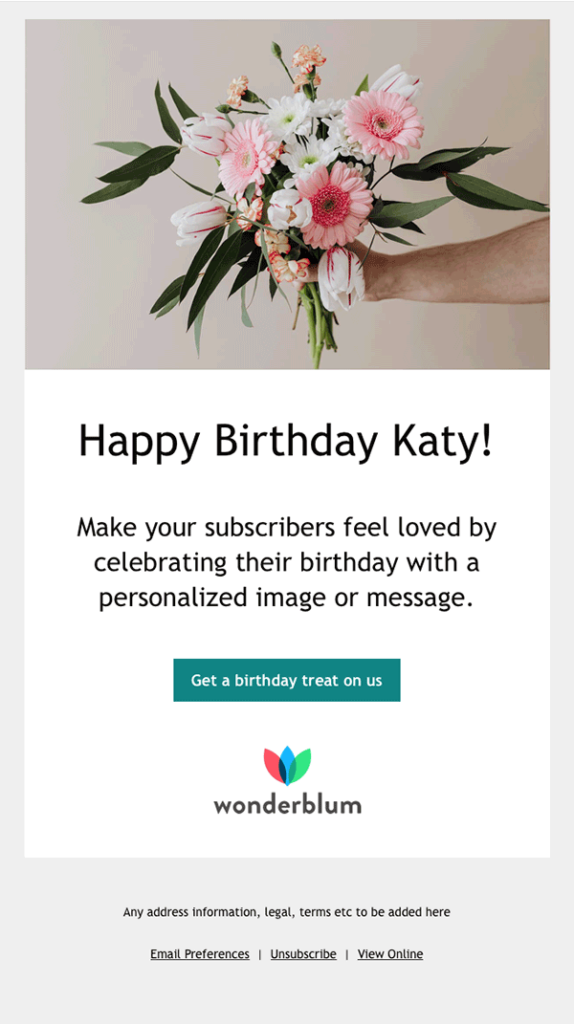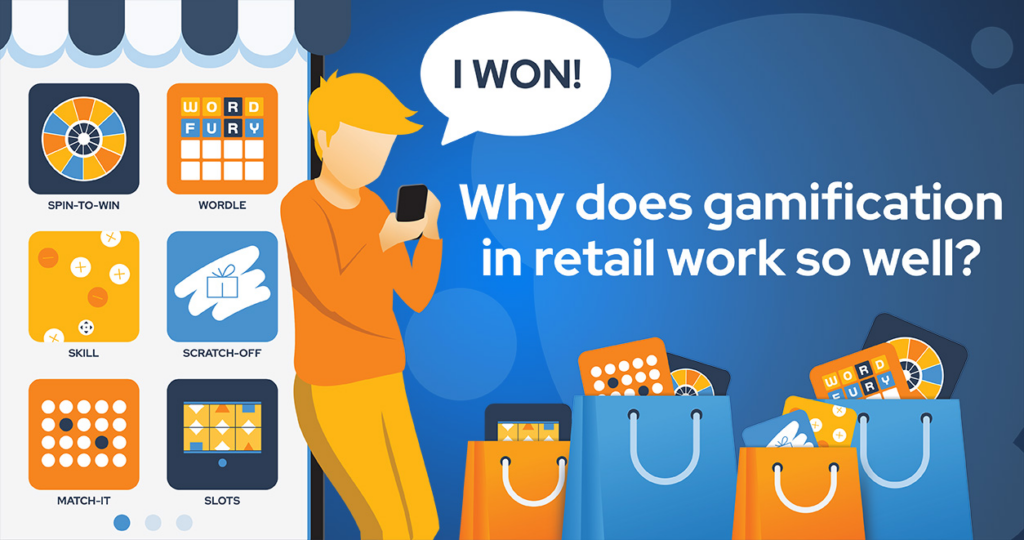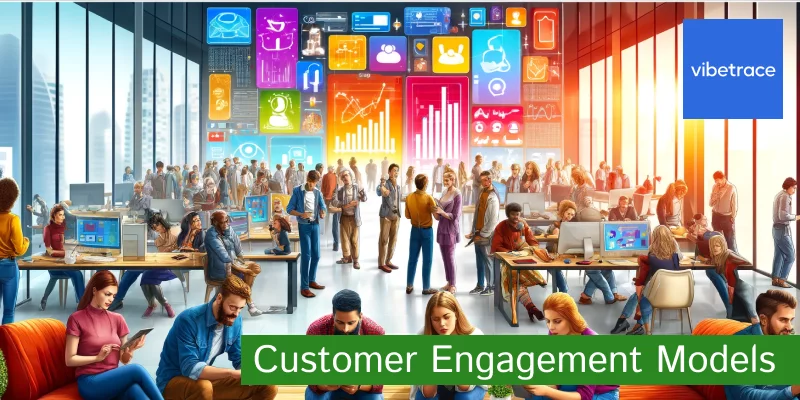Engagement models refer to strategies and tactics used to interact with customers at various touchpoints throughout their shopping experience.
These models aim to create a positive and personalized experience that fosters brand loyalty and encourages repeat purchases.
What are Customer Engagement Models
A customer engagement model is a framework or strategy that a company uses to interact with its customers.
This model is designed to build a positive relationship with customers, encouraging them to participate actively in the brand’s community and activities.
The goal is to enhance customer satisfaction, loyalty, and ultimately, drive sales.
Essentially, it’s how a company chooses to keep its customers interested and involved with its products or services.
Here are some key engagement models used in digital retail:
In the context of a digital retail customer journey, engagement models refer to strategies and tactics used to interact with customers at various touchpoints throughout their shopping experience.
These models aim to create a positive and personalized experience that fosters brand loyalty and encourages repeat purchases.
Here are some key engagement models used in digital retail:
1. Content Marketing:
- Blog posts, articles, and social media content: Engaging content educates, entertains, and inspires customers, keeping them informed about products, trends, and the brand story.
- Email marketing: Personalized email campaigns based on purchase history, browsing behavior, and preferences provide targeted promotions, product recommendations, and loyalty program updates.
2. User-Generated Content (UGC):
- Customer reviews and product ratings: UGC builds trust and social proof, influencing buying decisions. Encourage customers to share photos and videos using your products on social media.
- Interactive contests and giveaways: Drive engagement and brand awareness by encouraging user-generated content through contests and giveaways.
3. Personalization:
- Product recommendations: Leverage browsing behavior and purchase history to recommend relevant products that cater to individual customer preferences.

- Dynamic website content: Personalize website content and product suggestions based on location, demographics, and past interactions.

4. Loyalty Programs:
- Reward points and tier systems: Incentivize repeat purchases and brand loyalty by offering points, discounts, and exclusive benefits based on customer engagement.
- Personalized birthday offers and anniversary promotions: Create a special connection with customers by acknowledging special occasions through personalized offers.

5. Gamification:
- Interactive quizzes and product challenges: Gamification elements like points, badges, and leaderboards can increase engagement and make shopping more fun.
- Reward programs with gamified elements: Integrate gamification elements like progress bars and challenges within loyalty programs to boost participation.

6. Live Chat and Chatbots:
- Offer real-time customer support: Live chat functionalities allow customers to connect with support agents for immediate assistance with product inquiries or purchase decisions.
- Personalized Chatbots: Utilize chatbots powered by AI to answer frequently asked questions, provide product recommendations, and offer basic customer support 24/7.
7. Social Media Engagement:
- Run interactive polls and Q&A sessions: Encourage social media engagement by directly interacting with customers through polls, Q&A sessions, and responding to comments.
- Behind-the-scenes content and influencer marketing: Offer exclusive glimpses into your brand and products through behind-the-scenes content. Partner with relevant social media influencers to reach a wider audience and build trust.
Do you like this article?
Join our CX for Retail dedicated newsletter!

Stay connected to what’s really important to optimize your digital revenues.
By clicking the button, you accept our Terms & Conditions. Also you will need to confirm your email address.
8. Advertising
- Driving Actions: Effective advertising encourages consumers to take action, whether it’s visiting a website, signing up for a newsletter, making a purchase, or even participating in a community event.
- Awareness and Acquisition: Advertising is often the first point of contact between a brand and potential customers. It helps to create awareness and attract new customers by highlighting the brand’s value propositions and differentiating features.
- Reinforcement and Recall: Consistent and targeted advertising allow brands to keep themselves top of mind among consumers. This is crucial for maintaining engagement over time, remarketing and therefore influencing purchasing decisions

Choosing the Right Engagement Models:
The success of your customer journey engagement will depend on your target audience, brand personality, and overall marketing goals.
It’s a must to experiment with different models, analyze results and customer data, and refine your approach to create a seamless and engaging digital retail experience.

